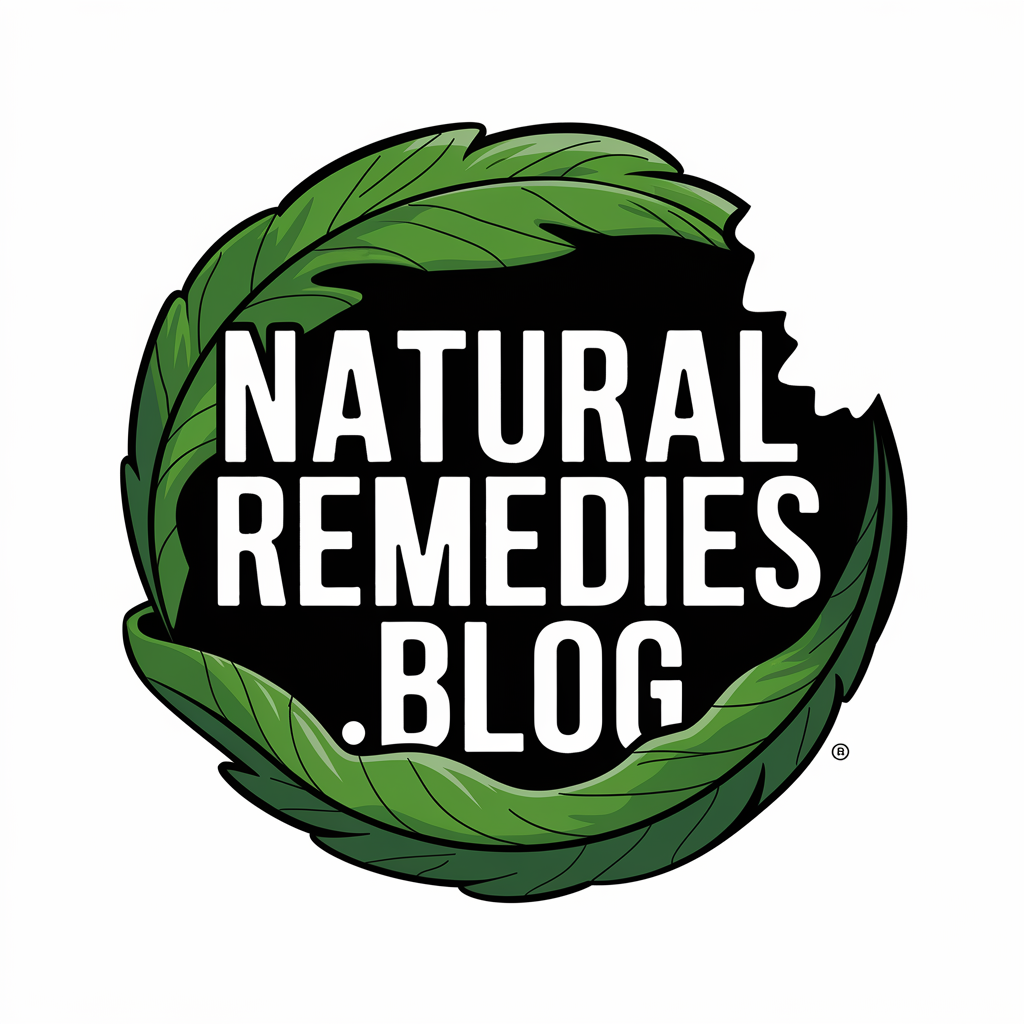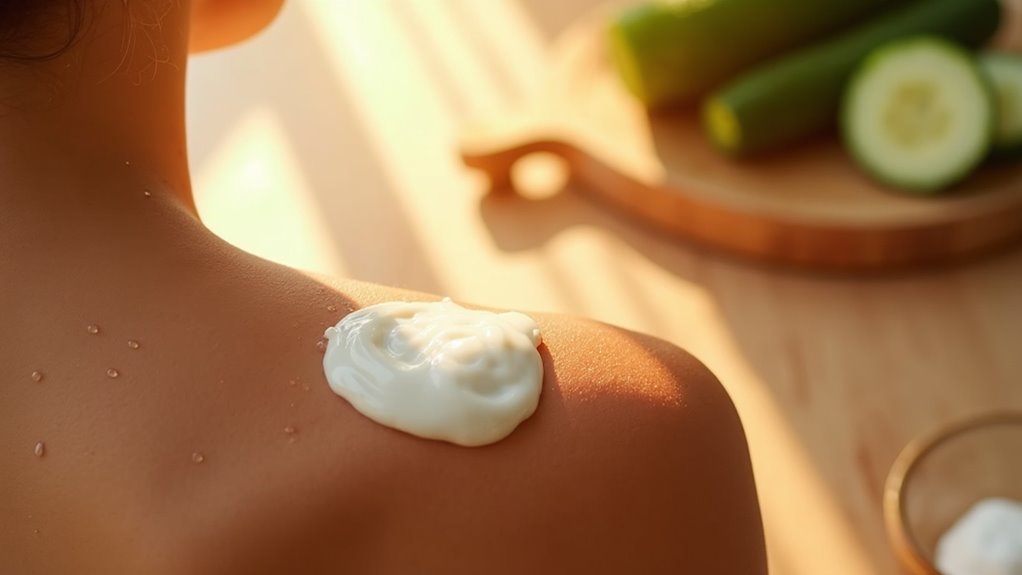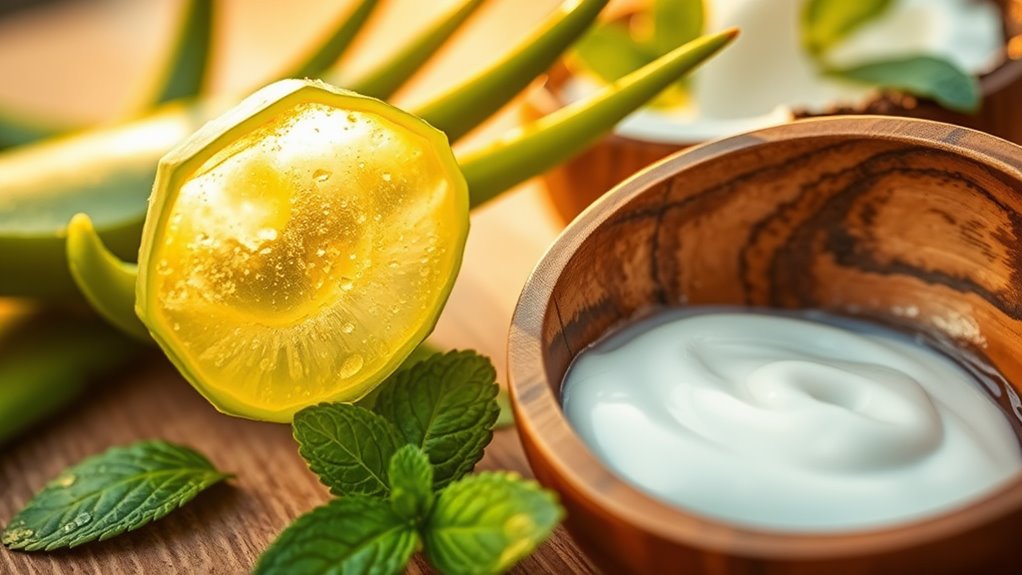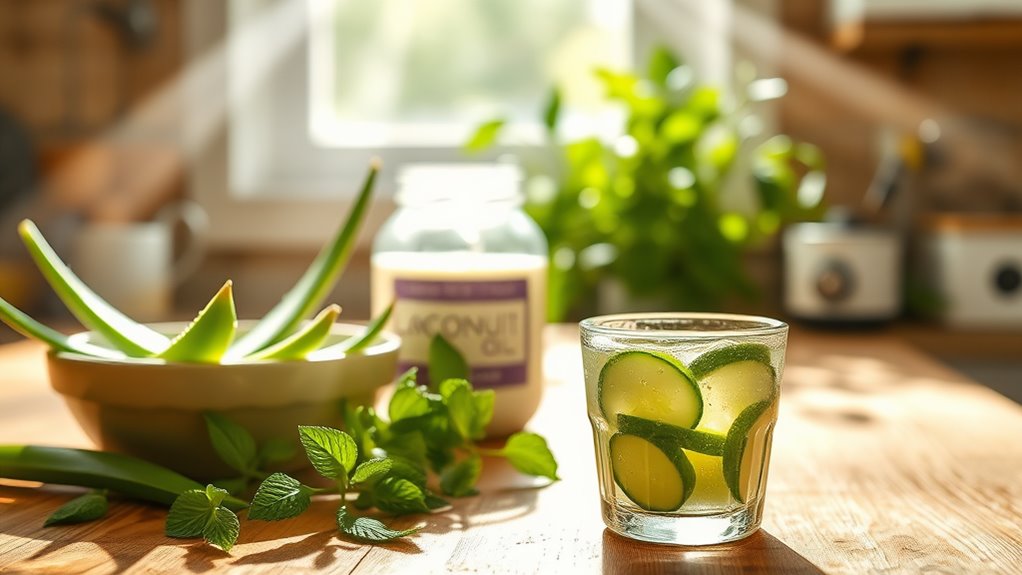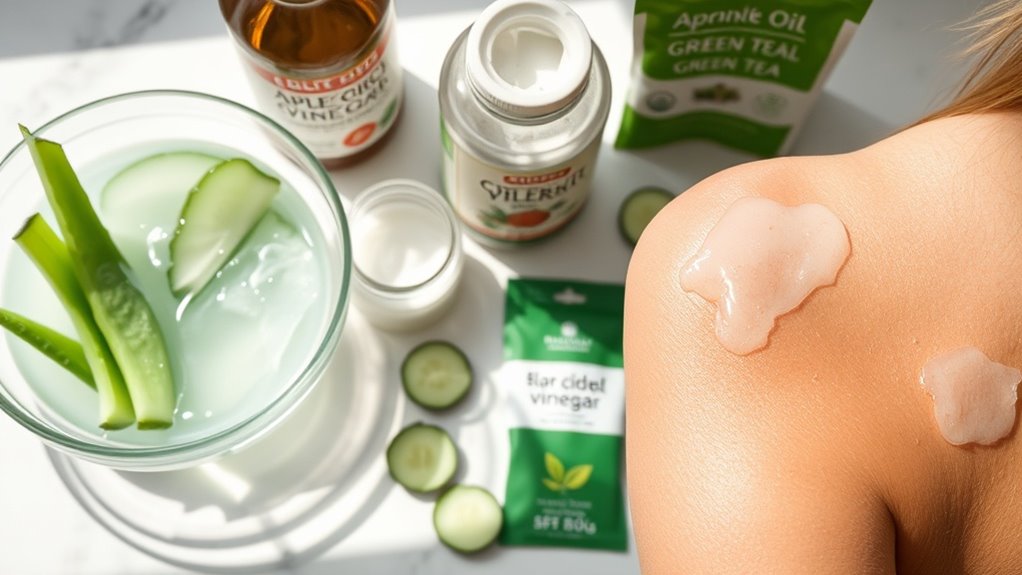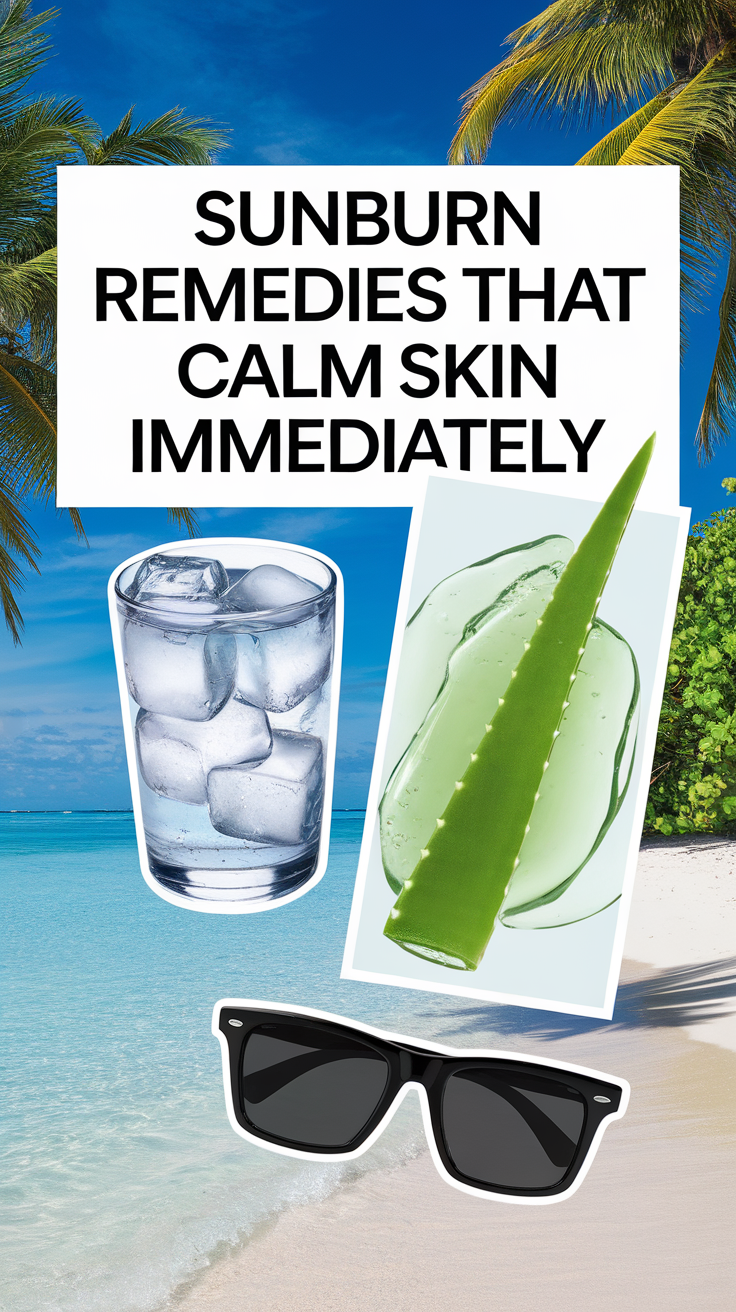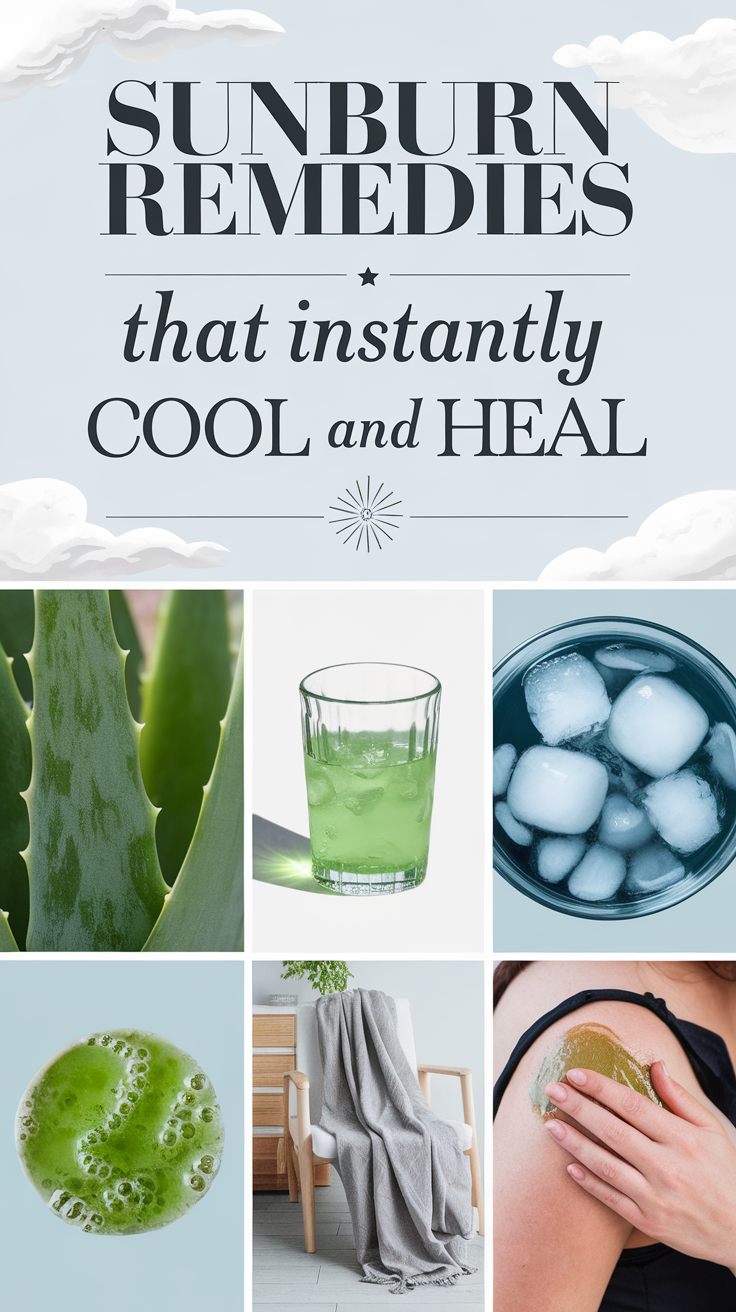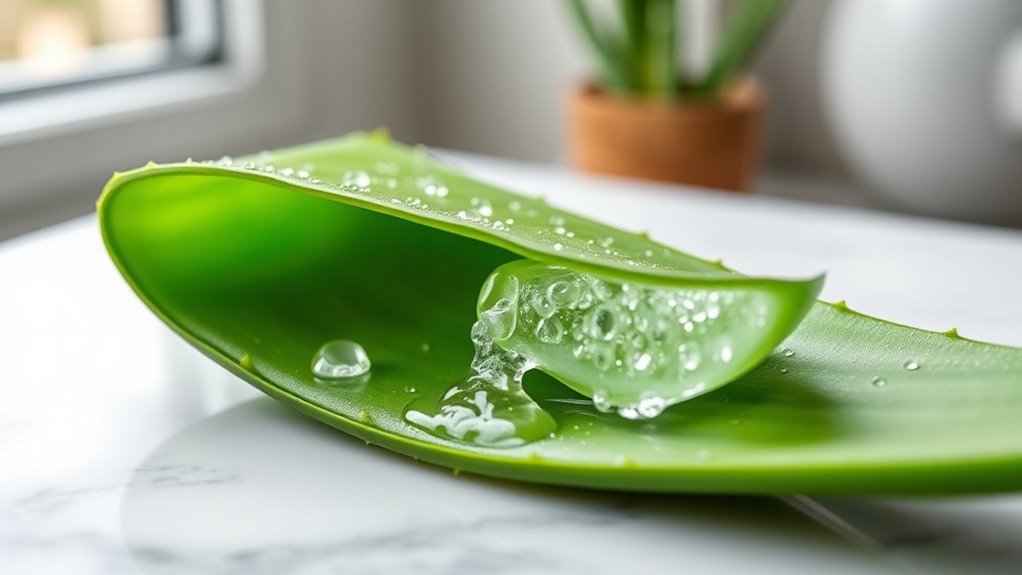Sunburn Relief Tricks That Work Better Than Aloe
You’ll find more effective sunburn relief beyond aloe vera by applying cold compresses for 15-20 minutes, taking cool baths with colloidal oatmeal, or using kitchen remedies like Greek yogurt and diluted apple cider vinegar. Essential oils such as lavender and peppermint, combined with coconut oil, can reduce inflammation and promote healing. For severe burns, hydrocortisone cream provides targeted relief. Multiple evidence-based treatment options await to accelerate your skin’s recovery process.
Why Aloe Isn’t Always the Best Solution
While aloe vera has long been considered a go-to remedy for sunburns, research indicates it may not provide optimal relief for all skin types and burn severities.
You’ll find that aloe’s cooling effect is temporary and doesn’t address deeper tissue damage. Additionally, some commercial aloe products contain artificial fragrances and alcohols that can further irritate burned skin.
For more effective sunburn remedies, you’ll want to consider alternatives that offer anti-inflammatory benefits and moisture retention properties. These include pure coconut oil, cold compresses, or over-the-counter hydrocortisone creams.
Your skin’s specific needs may require a combination approach rather than relying solely on aloe.
Applying essential oils like chamomile mixed with coconut oil can provide better inflammation reduction and cell regeneration than aloe alone.
Cool Compresses and Cold Bath Techniques
You’ll find significant relief from sunburn pain by immersing yourself in a cool bath for 10-15 minutes, which helps reduce inflammation and stabilize your skin’s temperature.
For quick relief when a bath isn’t practical, apply a cold compress made from clean cotton fabric soaked in cool water and wrung out until it’s not dripping.
Whether you choose a bath or compress, don’t use ice-cold water as it can cause skin shock – instead, maintain the water temperature between 60-65°F (15-18°C) for optimal therapeutic benefits.
Adding ground oatmeal to your cool bath can provide additional soothing relief for irritated skin.
Cold Bath Benefits
Taking a cold bath or applying cool compresses provides immediate relief for sunburned skin by reducing inflammation and constricting blood vessels near the skin’s surface.
This vasoconstriction helps minimize redness and swelling while lowering the skin’s temperature, which can ease the burning sensation.
You’ll get optimal results by keeping your bath water between 60-68°F and soaking for 10-15 minutes.
Don’t use ice-cold water, as extreme temperatures can shock your system. Adding colloidal oatmeal or baking soda to your bath enhances the anti-inflammatory benefits.
If you’re using compresses, replace them every 15-20 minutes to maintain consistent cooling effects.
Quick Cold Compress Methods
Several quick and effective cold compress methods can provide immediate relief for sunburned skin.
You’ll need clean washcloths or towels soaked in cold water, wrung out until they’re not dripping. Apply these directly to burned areas for 10-15 minutes at a time. For enhanced cooling, add ice packs wrapped in thin towels.
You can also create specialized compresses using cold milk, black tea, or cucumber slices. The proteins in milk, tannins in tea, and natural compounds in cucumber reduce inflammation.
Store your compress materials in the refrigerator between applications to maintain optimal temperature for repeated treatments throughout the day.
Kitchen Ingredients That Soothe Sunburned Skin
Many common kitchen ingredients possess natural healing properties that can effectively soothe sunburned skin. You’ll find these items can reduce inflammation, pain, and redness while promoting healing.
| Ingredient | Benefits | Application |
|---|---|---|
| Greek Yogurt | Cools, moisturizes | Apply thin layer for 15 mins |
| Oatmeal | Reduces inflammation | Mix with water into paste |
| Apple Cider Vinegar | Balances pH, reduces pain | Dilute 1:1 with water |
| Honey | Antibacterial, hydrating | Spread thin layer directly |
These natural remedies work best when applied immediately after sun exposure. For severe burns, combine multiple ingredients, such as an oatmeal-yogurt mixture, to maximize healing benefits.
Essential Oils and Natural Plant Extracts
When applied correctly, essential oils and natural plant extracts offer powerful therapeutic benefits for sunburned skin. Mix lavender oil with coconut oil to reduce inflammation and promote healing.
Peppermint oil provides immediate cooling relief, while chamomile extract calms redness and irritation.
You’ll find tea tree oil particularly effective at preventing infection and blistering. Add 2-3 drops of frankincense oil to your moisturizer to accelerate skin repair.
For maximum benefit, combine sandalwood oil with a carrier oil to reduce peeling and scarring.
Remember to dilute all essential oils properly, as direct application can irritate damaged skin.
Apple cider vinegar helps restore your skin’s natural pH balance while reducing inflammation and discomfort.
Hydration Strategies for Burned Skin Recovery
Beyond topical treatments like essential oils, proper hydration forms the foundation of sunburn recovery.
You’ll need to replenish fluids both internally and externally to support your skin’s healing process.
- Drink 8-12 glasses of water daily, increasing intake by 50% while your burn heals
- Take cool baths with colloidal oatmeal to lock moisture into damaged skin
- Apply fragrance-free moisturizer within 3 minutes of bathing to trap hydration
- Create a humid environment using a cool-mist humidifier in your recovery space
These hydration strategies accelerate healing by preventing further moisture loss and maintaining optimal skin cell function during recovery.
Anti-Inflammatory Foods to Speed Healing
Since your body fights sunburn through an inflammatory response, consuming the right anti-inflammatory foods can significantly accelerate your skin’s natural healing process. Load up on antioxidant-rich fruits and omega-3 fatty acids to reduce redness and discomfort.
| Food Type | Benefits |
|---|---|
| Berries & Citrus | Vitamin C, flavonoids |
| Fatty Fish & Nuts | Omega-3s, zinc |
| Green Tea & Leafy Greens | Polyphenols, carotenoids |
Don’t forget to pair these healing foods with plenty of water. Your skin’s repair mechanisms work more efficiently when you’re properly hydrated and nourished with anti-inflammatory nutrients.
Over-the-Counter Medications and Treatments
Along with dietary interventions, over-the-counter medications can provide immediate relief from sunburn discomfort. Your local pharmacy offers several effective options to reduce pain, inflammation, and redness.
-
Take NSAIDs like ibuprofen or aspirin within the first 24 hours to decrease inflammation and alleviate pain.
-
Apply hydrocortisone cream (1%) directly to affected areas to reduce itching and swelling.
-
Use oral antihistamines such as diphenhydramine to minimize itching and help you sleep.
-
Try benzocaine or lidocaine sprays for temporary numbing, but avoid products containing benzocaine if you’re sensitive to it.
Consult a healthcare provider if symptoms worsen or persist beyond a week.
Proper Clothing and Environmental Adjustments
While your skin heals from sunburn, you’ll want to wear loose-fitting, breathable cotton clothing that won’t irritate the affected areas.
If you’re indoors, maintain a cool room temperature between 68-72°F (20-22°C) to help minimize discomfort and prevent excess sweating.
You can also position fans strategically to create gentle air circulation, which helps regulate both your body temperature and the ambient environment.
Loose-Fitting Cotton Clothes
Choosing loose-fitting cotton clothes is essential for your sunburned skin’s recovery process. The natural, breathable fabric allows your damaged skin to heal while minimizing further irritation and discomfort.
-
Select garments made from 100% cotton to maximize airflow and prevent trapping heat against your skin.
-
Opt for light-colored clothing that reflects sunlight rather than dark colors that absorb heat.
-
Choose loose-fitting styles that won’t rub or chafe against your sunburned areas.
-
Avoid synthetic materials like polyester or nylon, which can worsen inflammation and slow healing.
Proper clothing choices during recovery will significantly reduce your discomfort and support the healing process.
Cool Room Temperature Matters
Beyond proper clothing selection, maintaining a cool room temperature plays a key role in sunburn recovery.
Keep your environment between 65-70°F (18-21°C) to help regulate your body’s heat and minimize the burning sensation. You’ll want to avoid warm or stuffy rooms, which can intensify discomfort and potentially worsen inflammation.
Set your air conditioning or use fans strategically to maintain consistent cooling.
If you don’t have AC, create cross-ventilation by opening windows on opposite sides of your room. During peak heat hours, close your curtains or blinds to prevent additional thermal radiation from entering your recovery space.
Prevention Tips for Future Sun Protection
Although treating sunburn is important, preventing future sun damage should be your primary focus for maintaining healthy skin.
You’ll need to implement a comprehensive sun protection strategy that includes multiple defensive measures.
- Apply broad-spectrum SPF 30+ sunscreen every 2 hours, using 1 ounce to cover exposed skin
- Wear UV-protective clothing, including wide-brimmed hats and sunglasses with UV400 protection
- Plan outdoor activities before 10 AM or after 4 PM to avoid peak UV radiation hours
- Monitor the UV index daily and adjust your sun exposure accordingly, seeking shade when the index exceeds 3
These evidence-based prevention methods will significantly reduce your risk of sunburn and long-term skin damage.
When to Seek Medical Attention for Severe Burns
While most sunburns can be treated at home with over-the-counter remedies, certain severe symptoms require immediate medical evaluation.
You should seek emergency care if you’re experiencing extensive blistering that covers more than 20% of your body, severe swelling, intense pain, high fever over 101°F, or signs of dehydration.
Watch for symptoms of sun poisoning, including chills, dizziness, rapid pulse, or confusion. If you notice signs of infection like yellow drainage, red streaks, or increased warmth around blisters, don’t wait to get help.
Those with weakened immune systems should be especially vigilant about monitoring these warning signs.
